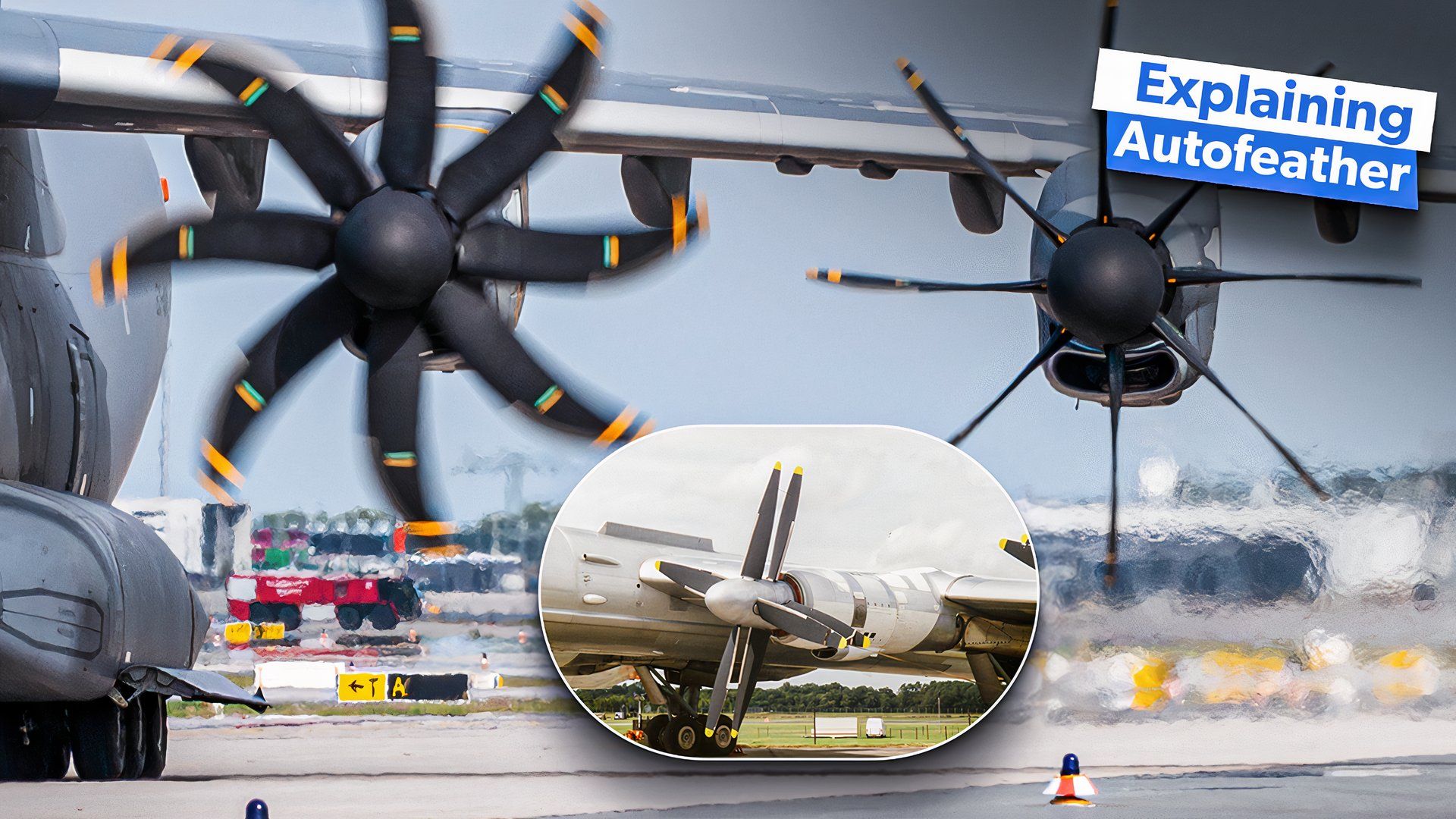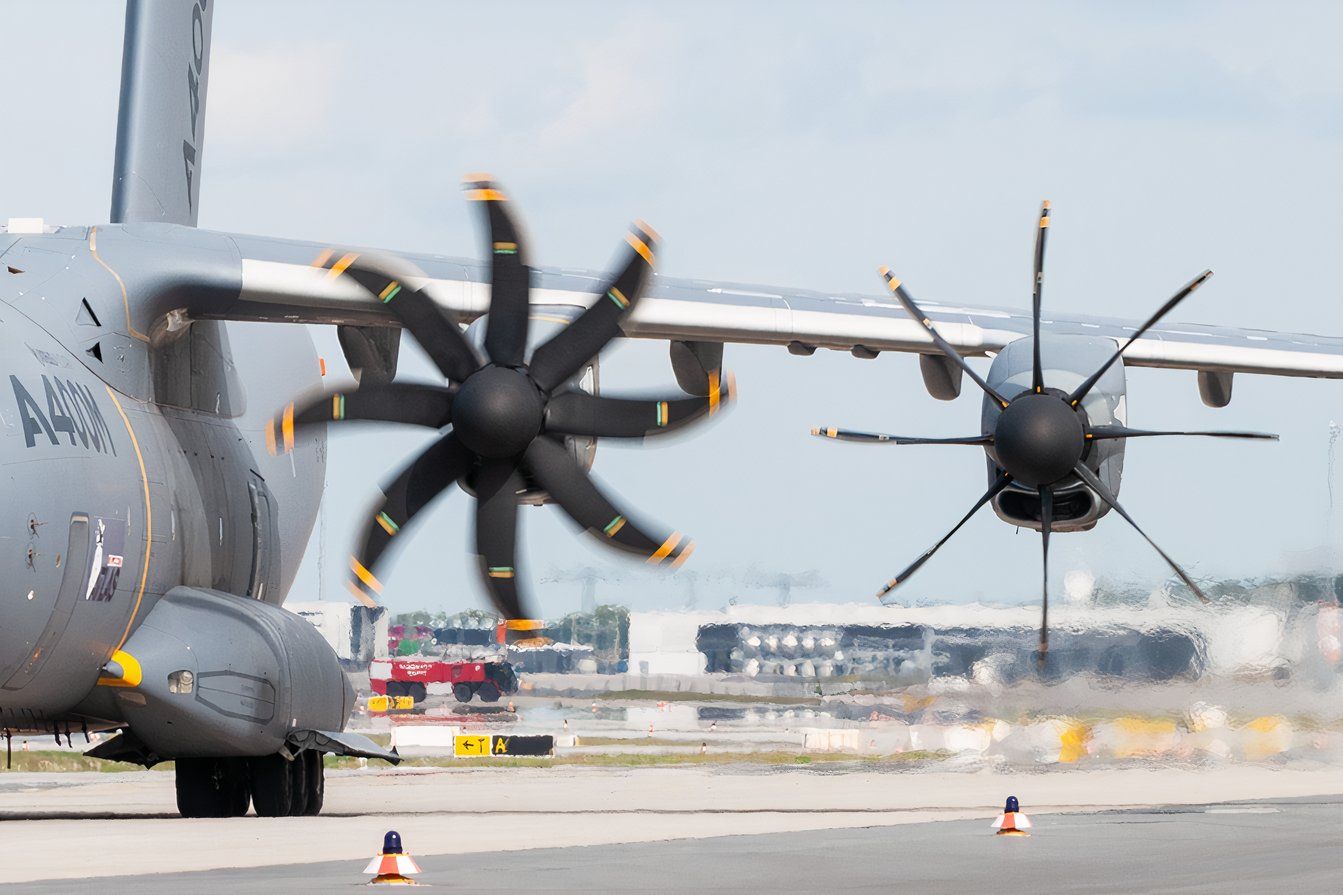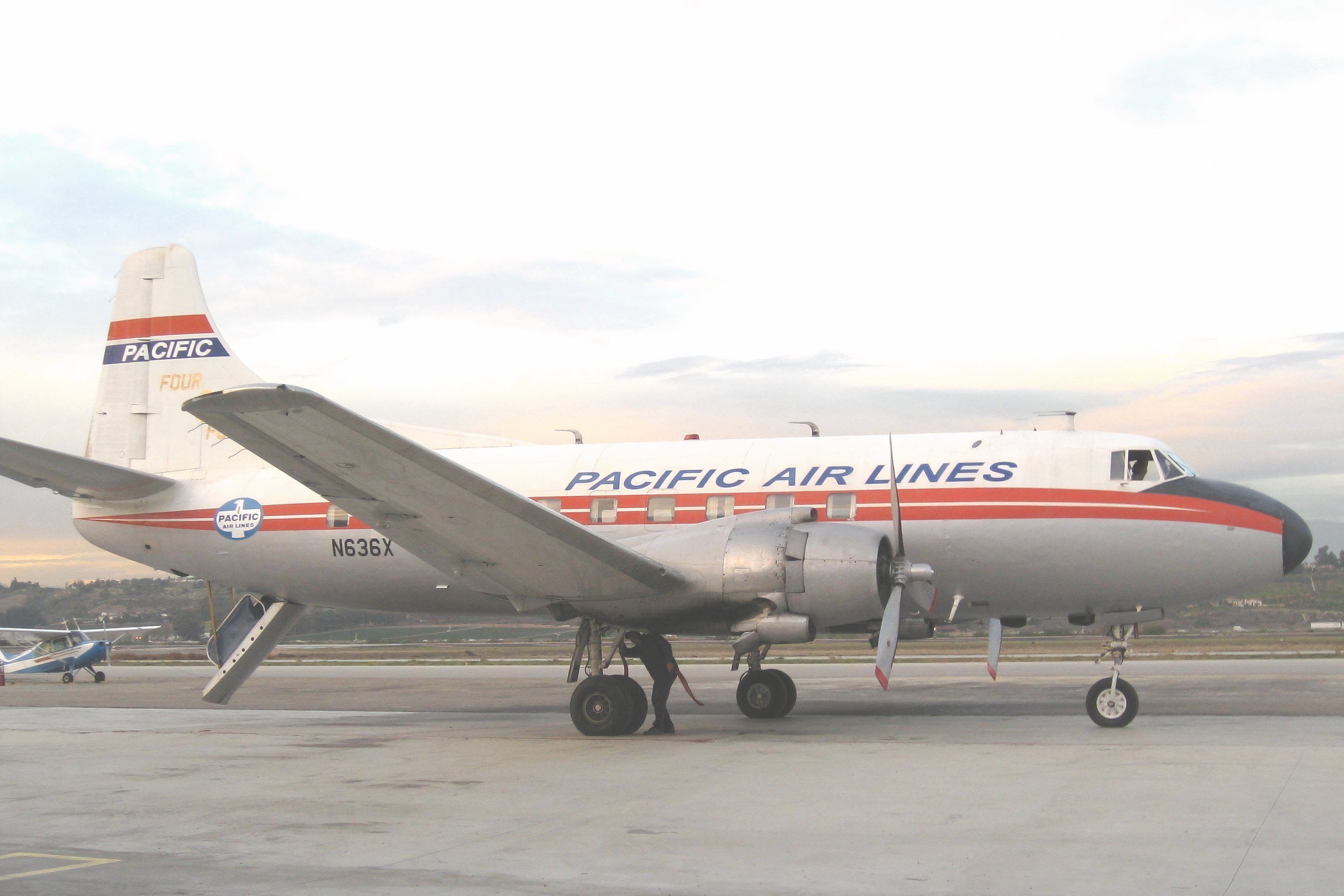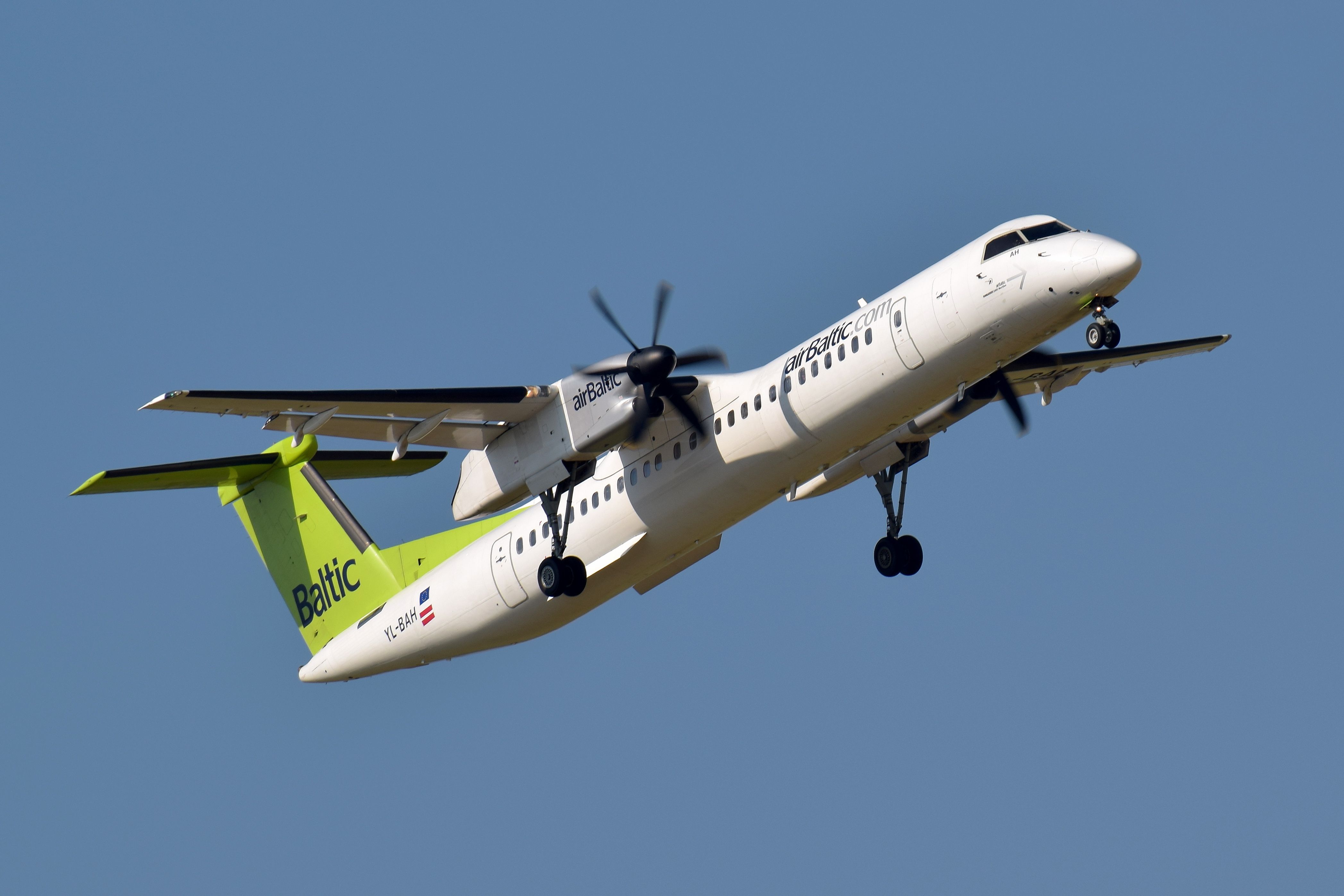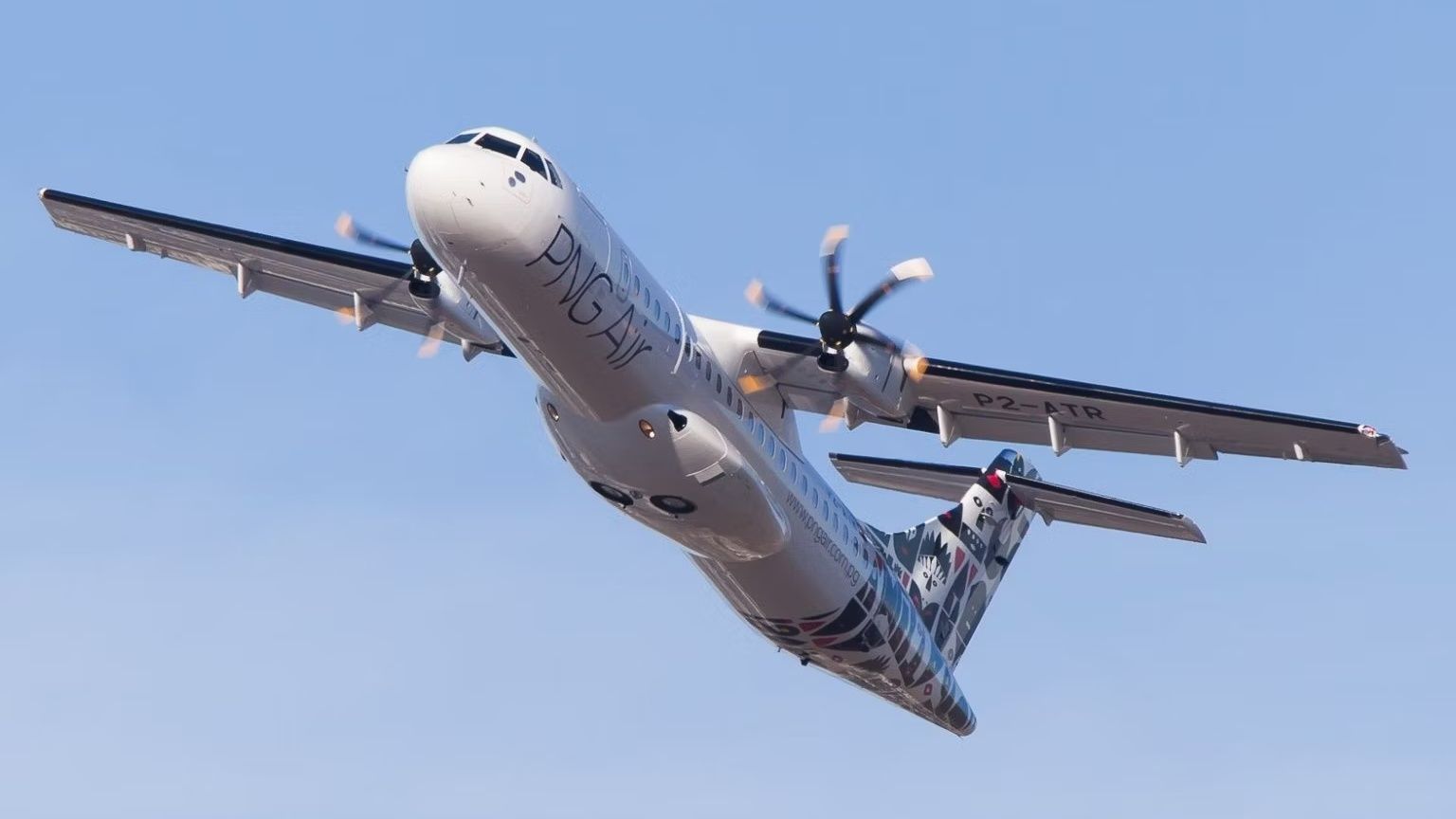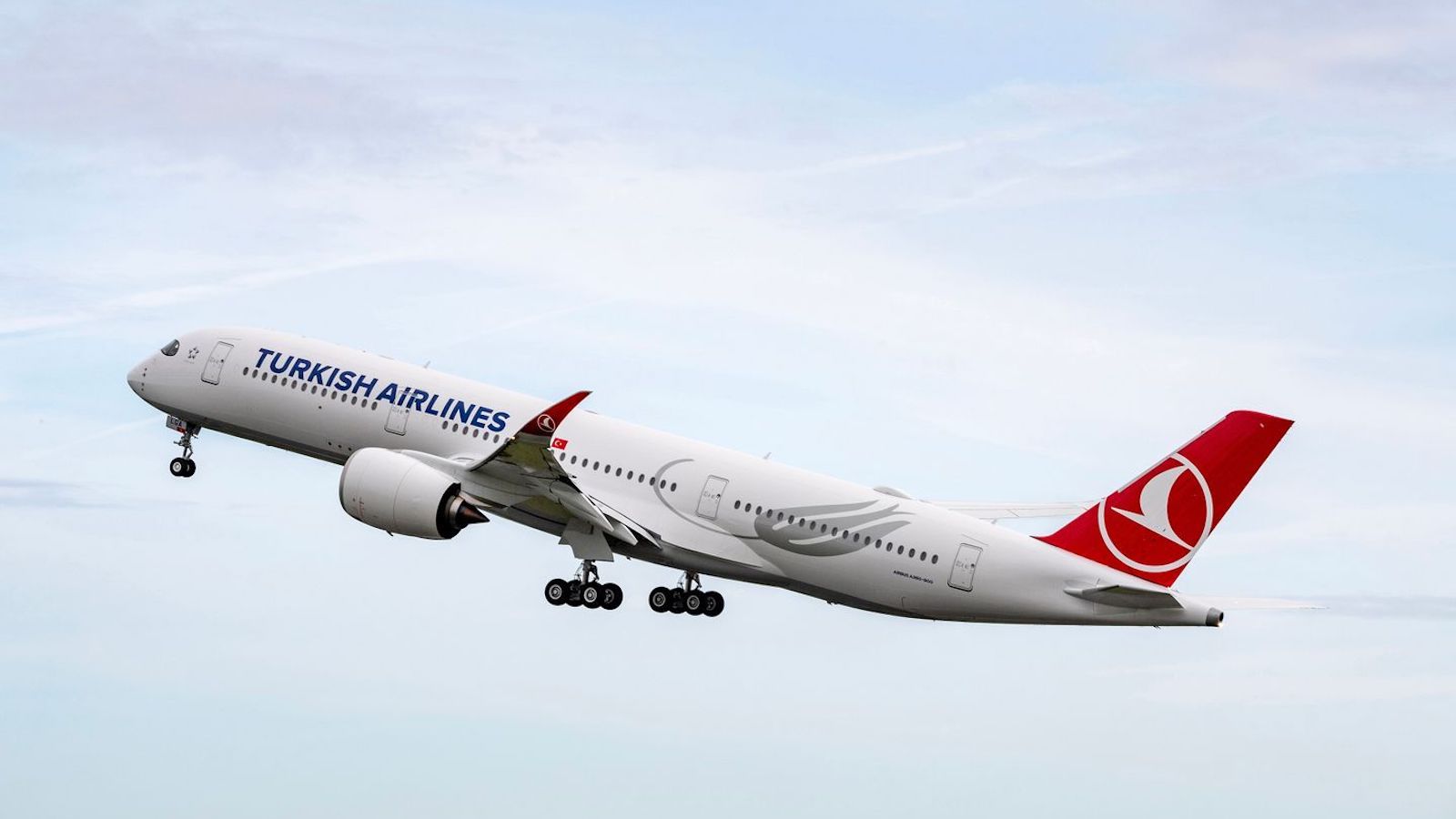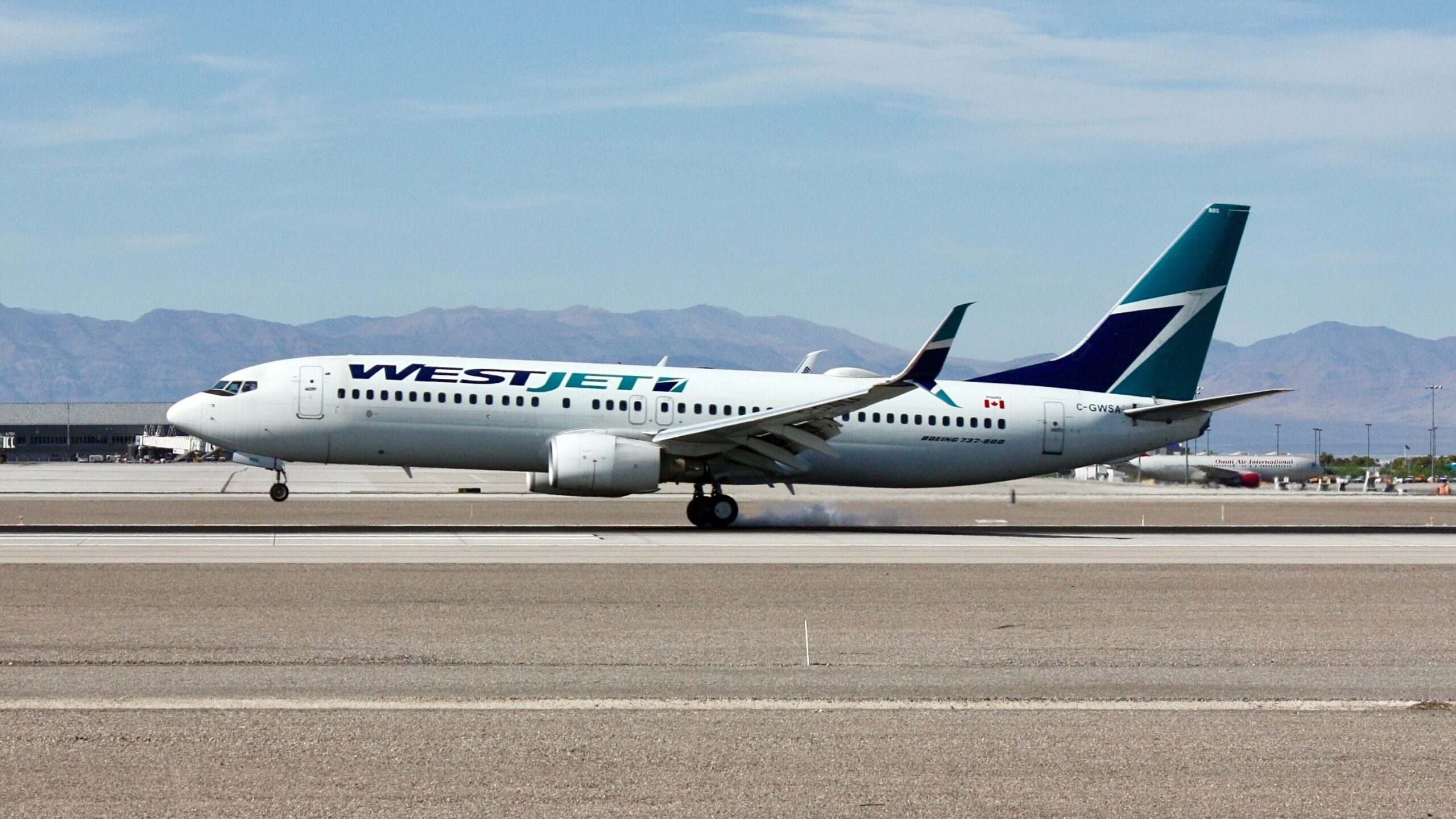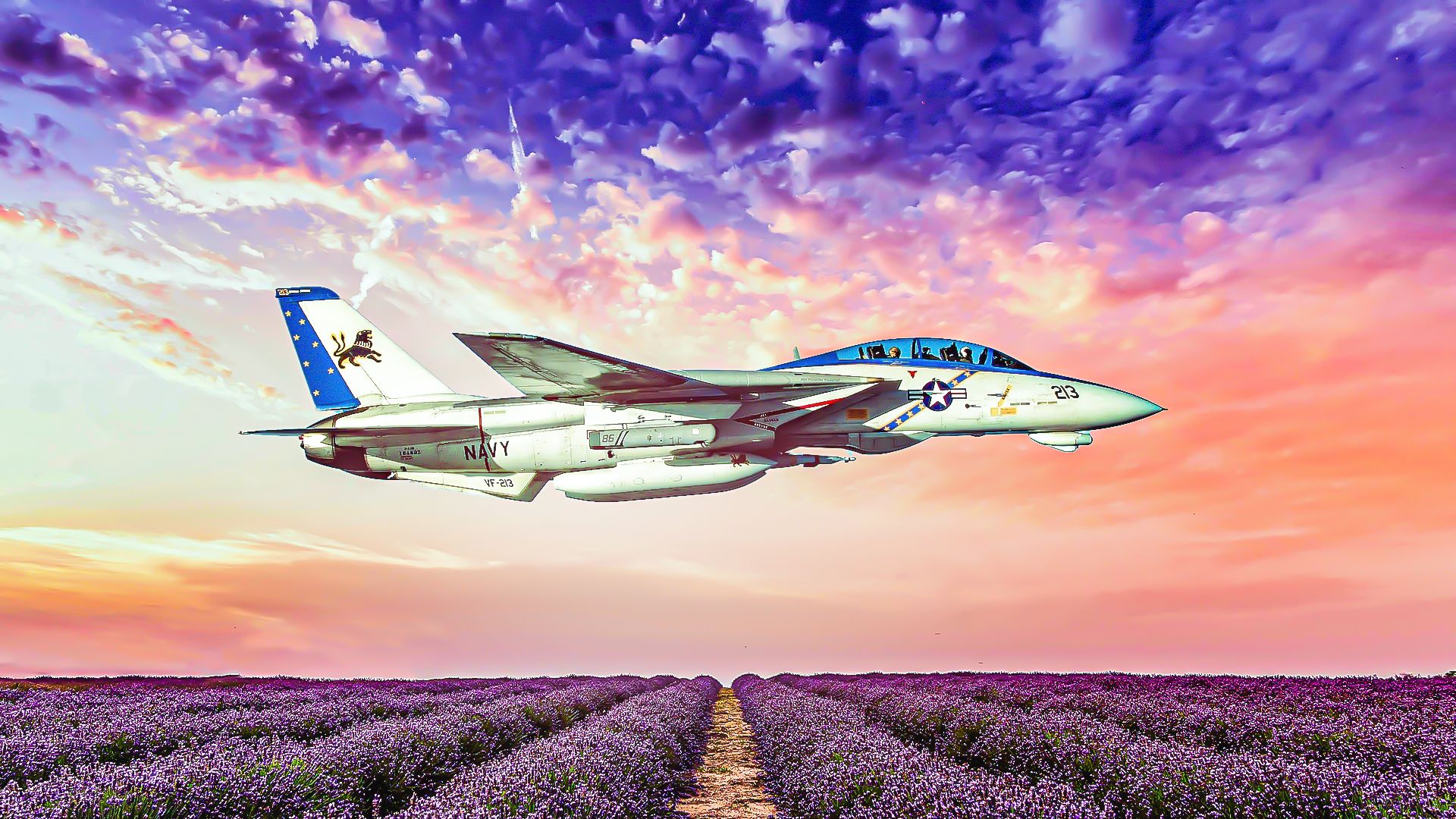Summary
- Autofeather is a critical safety feature that automatically responds to engine failure during takeoff or climb-out.
- Autofeather reduces the drag of failed engines, allowing the aircraft to continue flying without stalling.
- Failure of the autofeather system on TransAsia Airways Flight 235, combined with pilot error, led to tragedy.
On an overcast morning in February 2015, TransAsia Airways Flight 235 took off from Taipei Songshan Airport bound for Kinmen, Taiwan. Within seconds, the 10-month-old ATR 72-600 was experiencing problems, with the pilots reporting an engine failure in the number-2 engine.
After climbing to an altitude of 1,630 ft, the number-1 engine, which was still operating normally, was mistakenly shut down. The aircraft lost altitude, banked sharply to the left, and clipped a taxi traveling west on the Huandong Viaduct, then the viaduct itself, before crashing into the Keelung River below. Of the 58 passengers and crew onboard, only 15 survived.
The accident garnered international attention, primarily because of dramatic dashcam footage from cars on the viaduct that showed the flight’s final moments. But for investigators and aviation experts, attention quickly focused on a fault in the auto feather unit (AFU) of the number-2 engine, which triggered the chain of events. But what is autofeather, how does it work, why is it important, and how was it involved in this incident?
What is autofeather?
To understand autofeather, we first need to understand what feathering is. Most turboprops and piston engine aircraft have variable-pitch propellers, where the blades can be rotated on their longitudinal axis to change the blade pitch. The purpose is to maintain an optimal angle of attack for the blades, giving maximum engine efficiency depending on speed or altitude.
Feathering is when the blades on a variable-pitch propeller are rotated 90 degrees on their longitudinal axis so they are parallel to the airflow. In the image above, the propeller on the outboard engine is feathered, while the inboard engine is not. This means the feathered propeller no longer creates almost no drag. This is critically important if an engine fails or is shut down, as it allows the aircraft to continue flying with the other engine’s thrust without the affected engine’s drag causing the aircraft to stall.
Autofeather is the automation of this feature. When the aircraft detects an engine has insufficient power to create thrust, the propeller automatically goes into a feathered mode to reduce drag. Autofeather has been around for some time, as it was first put into production on the Martin 4-0-4 passenger aircraft when it was introduced in 1951.
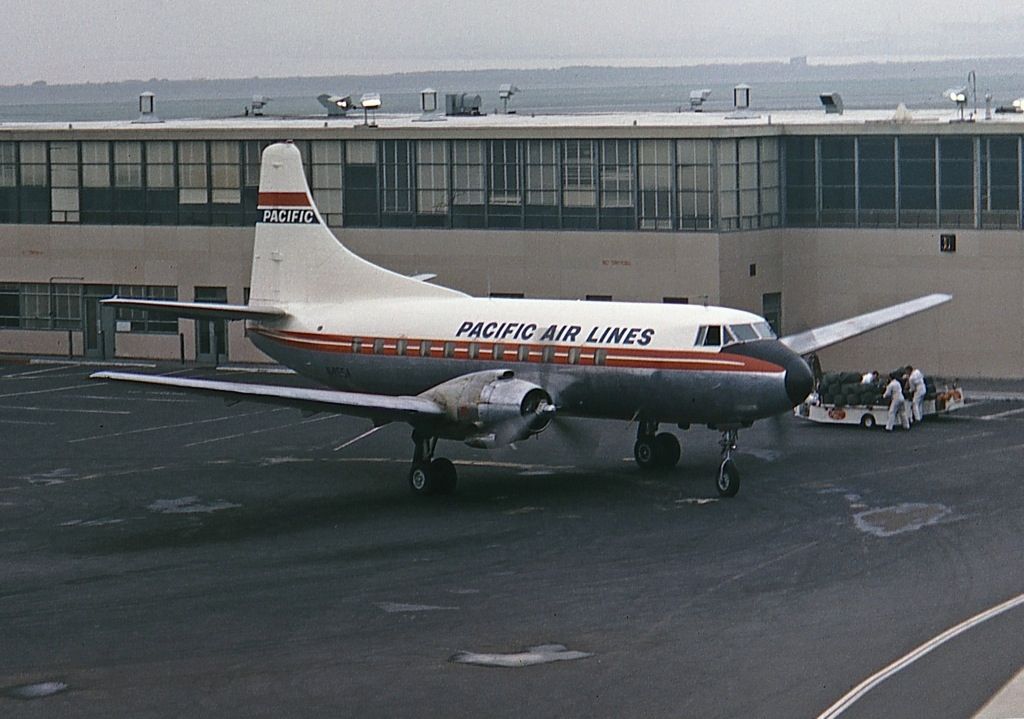
Related
The Martin 4-0-4: America’s Forgotten Postwar Airliner
Improving on the design of its predecessor, Martin 2-0-2, the Martin 4-0-4 was built with improved wings, pressurized cabin, and air-conditioning.
How does autofeather work?
Let’s use an example of a De Havilland Canada Dash 8, a widely utilized commercial turboprop that uses autofeather. The autofeather system itself is controlled by the aircraft propeller electronic control (PEC) unit. The PEC receives data from torque sensors within the aircraft engines and uses the information to decide when to feather the propeller automatically.
Photo: Anton Volynets | Shutterstock
During the preparation for take off, the pilots select the autofeather ‘on’, and as the aircraft power levers are pushed for take off and when the engine torque increases by 50%, the autofeather system automatically arms. Once armed, the autofeather only triggers if the torque sensors detect the power of one engine falling below 25% torque while the other remains above 50%. In this case, the autofeather determines that the engine with less than 25% torque has failed and will start feathering the propeller.
Why is autofeather important?
Autofeather is a critical safety feature that addresses a failed engine during takeoff or initial climb. When this occurs, the pilot suddenly has a hefty workload and not a lot of altitude to work with, and the risk of the failed engine creating sufficient drag to stall the aircraft is high. Autofeather allows the aircraft to mitigate that risk automatically – often with a synchronized up-trim of the healthy engine – so the pilot can focus on the necessary checklists and actions to return to the field safely.
Photo: PNG Air
Autofeather is also essential to the aircraft manufacturer achieving lower published minimum control speed (often called the VMC), which allows for lower speeds and greater efficiency for takeoff and climb out. Without autofeather, VMC is determined with the propeller of the inoperative engine “windmilling”, which produces much more drag and requires more airspeed (higher VMC) to retain control. Indeed, having the autofeather system inoperative is a grounding item for most aircraft, such as ATR-72s and De Havilland Dash 8s, because without it, the aircraft cannot operate at its published VMC.
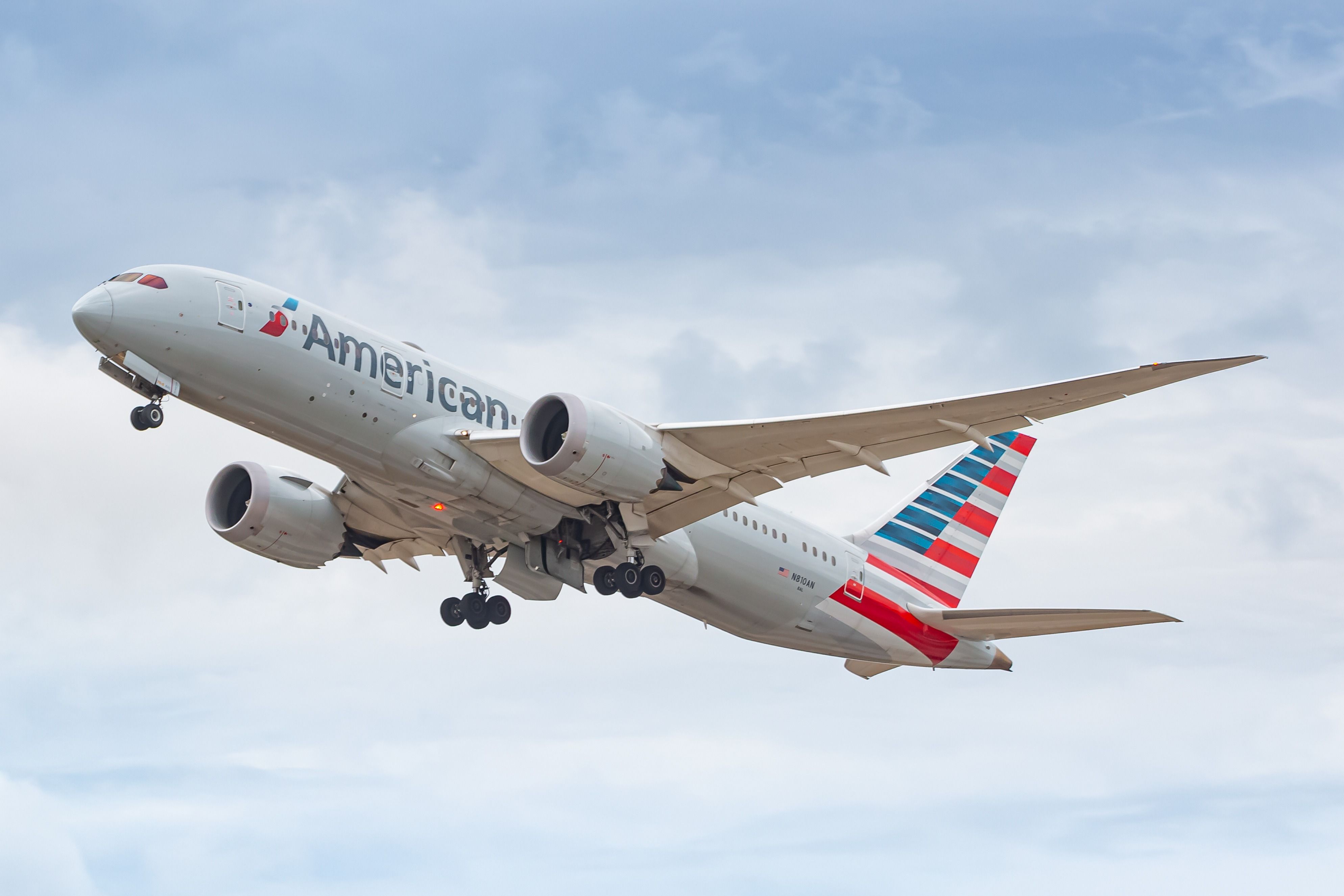
Related
Explained: The Two Things That VMC Means In Aviation
VMC is one of many acronyms in the aviation industry. What does it stand for?
Did auto feather impact Flight 235?
The tragic irony of Flight 235 is that the auto feather system’s failure on the ATR 72-600 set in motion a chain of events that led to the accident. Deep within the number-2 engine, the soldering on multiple torque sensors within the AFU was compromised. This disrupted the signal from the torque sensors, causing the AFU to determine that the number-2 engine had lost power (when, in fact, it was functioning correctly). As a result, it commenced an uncommanded altogether, resulting in the engine no longer providing any thrust.
This alone should not have been enough to bring down the aircraft, as an ATR 72-600 is designed to be able to fly with one engine. But in the confusion, as the pilots believed they had an engine flame-out, they shut down the wrong engine (the unaffected number-1 engine). In just a few seconds, and despite having two healthy engines, the aircraft had been transformed into a glider entering a stall with insufficient altitude to recover.
While Flight 235 is a rare example of autofeather failure leading to tragedy, there are many thousands of examples where autofeather has greatly benefited pilots who have experienced an engine failure. As an automated technology that allows pilots to overcome the issue and the associated risk of stalling and crashing, autofeather has likely saved hundreds of lives.

Related
TransAsia Airways Flight 235 – A Cabin Crew Perspective
How did a turboprop airliner crash into a highway just minutes after takeoff?

